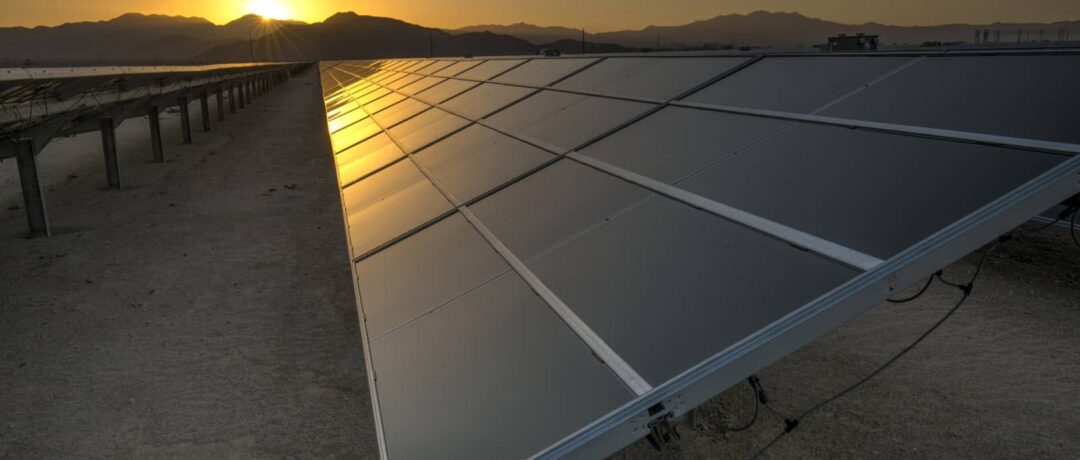If you’ve been reading about going solar, the term megawatt-hour probably came up more than a few times. Our installations can produce up to 20 MWh a year, or our panels cost less than $30 per MWh. But what is a megawatt hour and why do you need to know this? Continue reading to find out.
What is Megawatt?
To answer the question what is a megawatt hour?, we should explain what a megawatt is first. To do this, we must first understand what watt is. A watt (W) is a unit of power used to determine the rate at which energy is consumed. Furthermore, one watt is equal to the energy flow of one joule (unit of energy) per second. A thousand watts equal one kilowatt (kW), and a thousand kilowatts (or one million watts) equal one megawatt (MW).
However, this can become a bit confusing, so we have a simple example that will make it clearer. As you might have noticed when buying replacement light bulbs, every box has a wattage mark on it. Let’s take a standard, 100-watt one as an example. The 100-watt rating means that this bulb consumes 100 joules of energy per second. In other words, it transforms 100 joules of electrical energy into light energy every second. Therefore, we could say that watt is a measurement of an appliance’s appetite for joules.
Multiply the lightbulb from the previous example by 10,000 and you’ll get one megawatt of power. It’s that simple.
What is a Megawatt Hour?
To answer this question, we will go back to the previous example. Namely, if you leave that 100W bulb working for an hour, it will consume 100 watt-hours (Wh). Furthermore, ten of those lightbulbs would consume 1 kilowatt-hour (kWh), and 10,000 of them would consume exactly one megawatt-hour (MWh). In other words, one megawatt-hour equals one megawatt of power sustained for an hour.
We should mention that your electricity bill usually displays the amount of consumed energy in kWh, while MWh is often used when talking about the bigger units or time frames. To put things in perspective, an average US household uses around 10.65 MWh of electricity (around 877 kWh per month).
Fun fact: There is another unit of measurement beyond the megawatt. This unit is named gigawatt (GW) and it’s equal to one billion watts (1,000 megawatts). As you might expect, this unit is used only when talking about national or worldwide energy usage. Furthermore, some solar companies may use GW to talk about their previous achievements or future goals.
Why Do I Need to Know This?
If you’ve decided to go solar and you are looking to get more bang for your buck, these measurements are essential. Most of the solar providers, including Atlantic Key Energy, will use megawatts and megawatt-hours when discussing the capabilities of their systems. Knowing what those numbers mean will help you decide which system is the best for you and how many panels you will need.
However, if you are still asking yourself what is a megawatt hour or how to calculate your energy needs, feel free to contact Atlantic Key Energy’s support team. They will be more than happy to answer any questions you might have. Furthermore, their knowledgeable and experienced staff can help you pick a solar system that will meet your energy needs.
Final Thoughts
Hopefully, this article has helped you understand what is a megawatt hour and why it’s important for you to know this when going solar. However, we know that all this talk about physics could be overwhelming. So, if there are any unanswered questions, Atlantic Key Energy is there to answer them. Fill out an online survey or contact them directly and they will provide you with a free estimate for your new solar system.
What to Know About Solar Panels
Do Solar Panels Work in the Winter?
A Brief History of Solar Panels
Get Your Solar Panel Reviews Here





